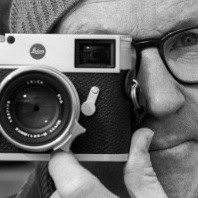Leica M sensor low light performance state of the art?
-
Recently Browsing 0 members
- No registered users viewing this page.
-
Similar Content
-
- 6 replies
- 645 views
-
- 1,795 replies
- 60,991 views
-
- 8 replies
- 1,792 views
-
- 11 replies
- 940 views
-
- 1,638 replies
- 200,673 views
-






Recommended Posts
Join the conversation
You can post now and register later. If you have an account, sign in now to post with your account.
Note: Your post will require moderator approval before it will be visible.